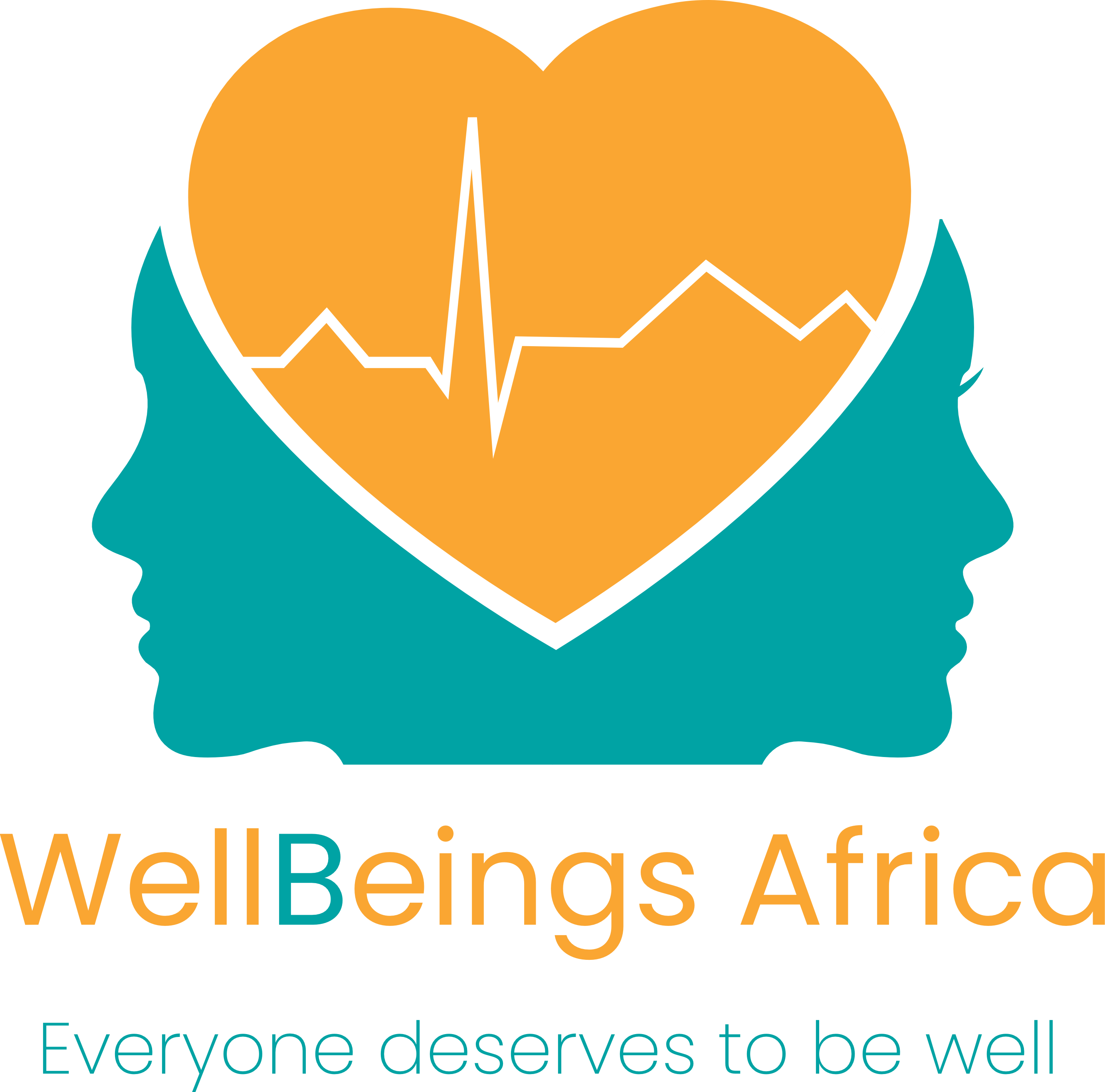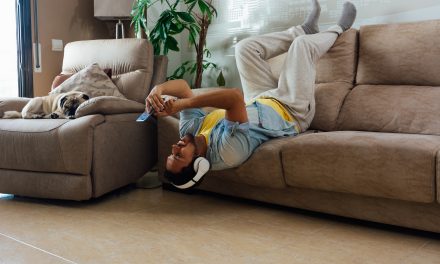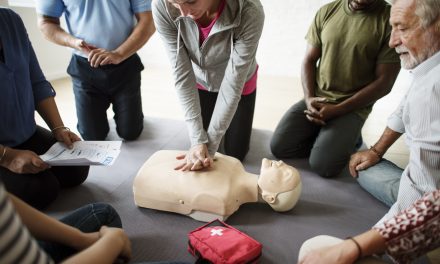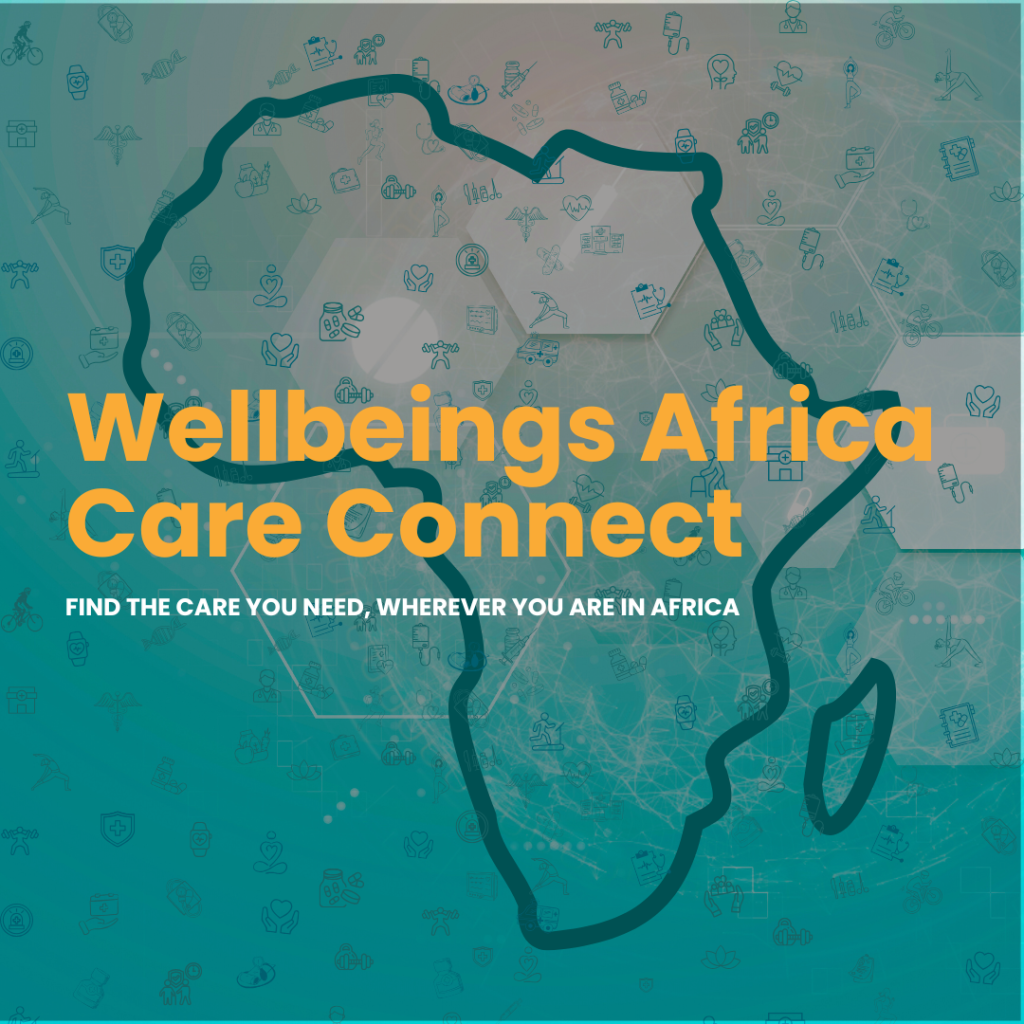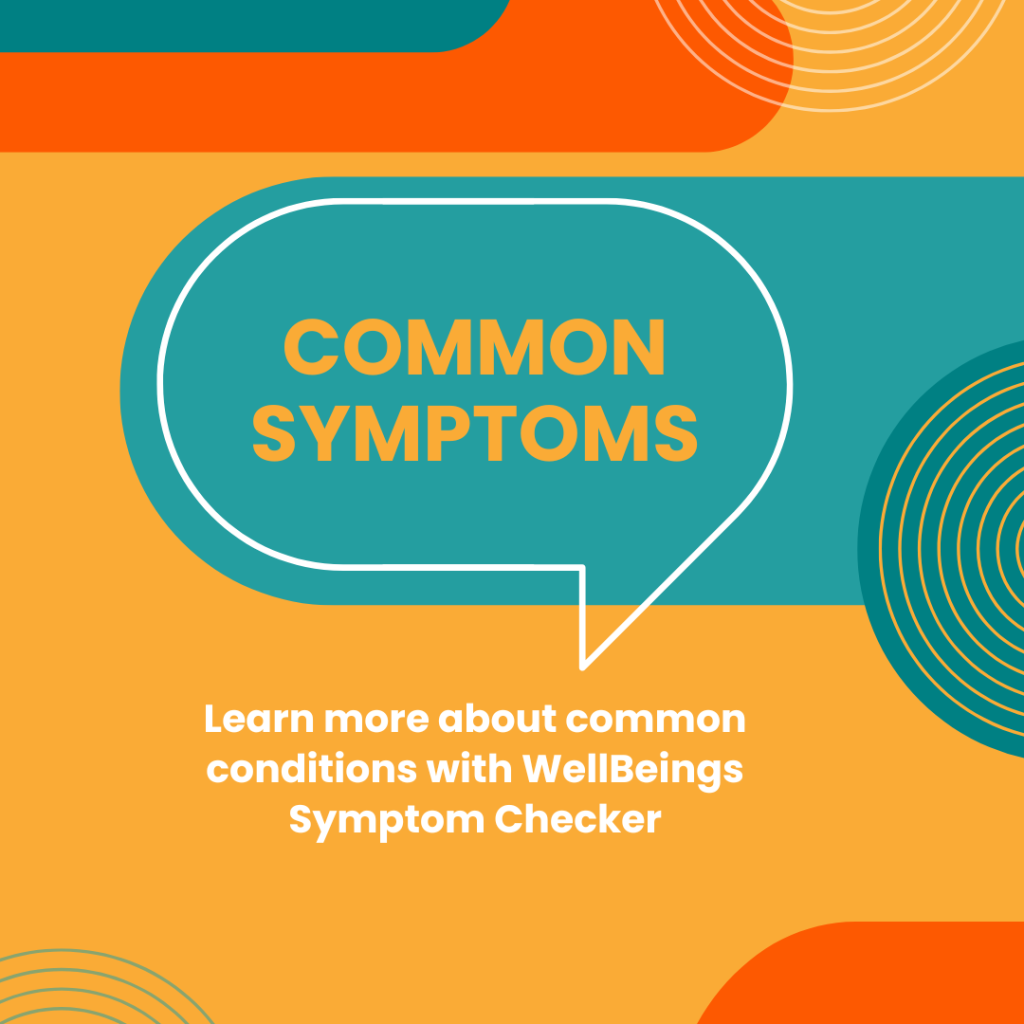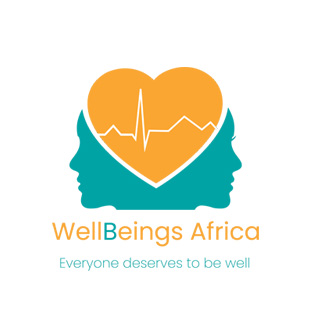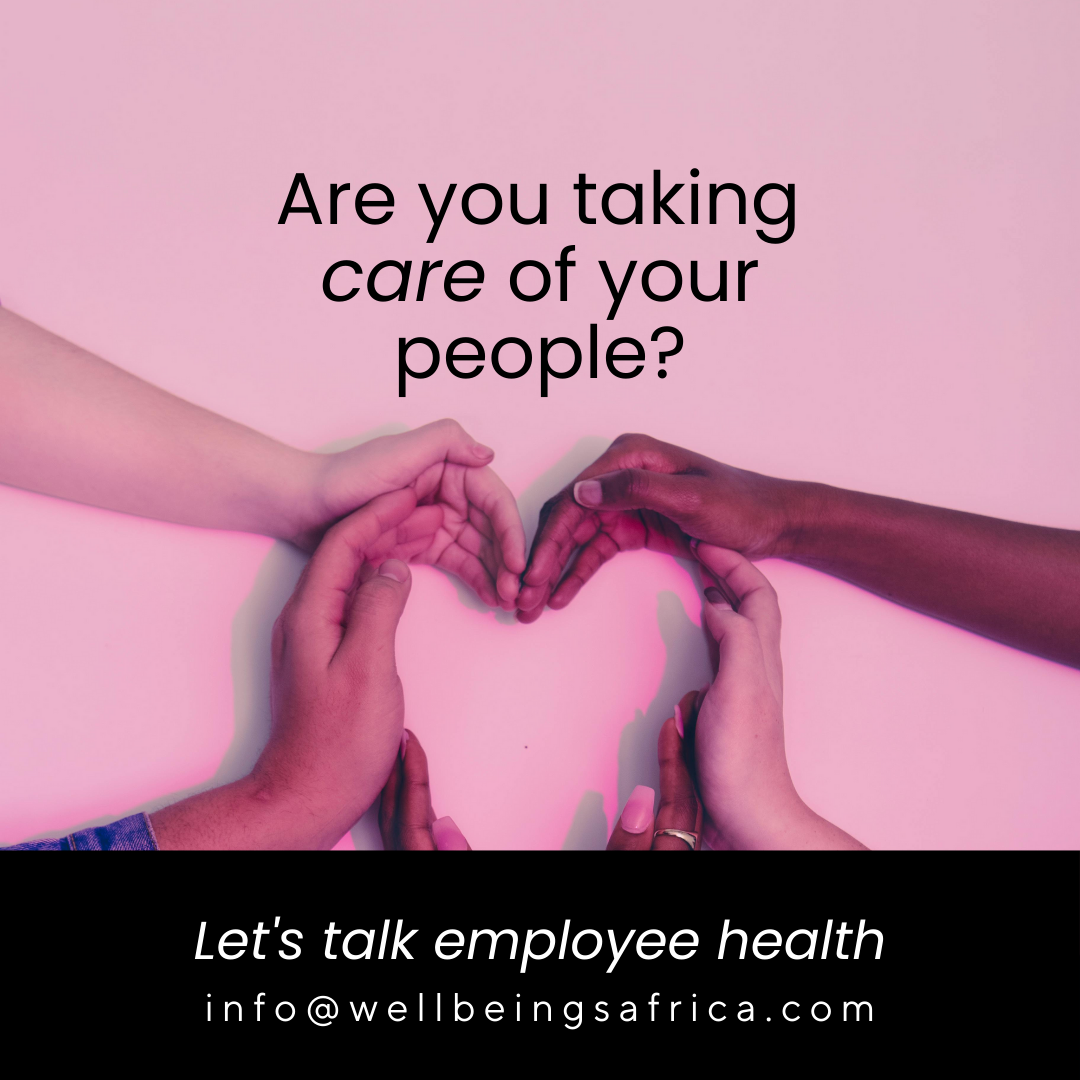Childhood therapy can be transformative
for young minds
Maybe your child is struggling to make sense of numbers or can’t quite understand the alphabet yet. It could be that his speech is delayed and it’s difficult to know what he’s saying…
When children have difficulties with learning, it can affect their confidence, academic performance and overall wellbeing. But there is always help at hand! Let’s dive into this guide to understanding the various childhood therapy solutions.
Quick Read:
- Childhood therapy is personalised to fit each child’s unique needs and developmental stage.
- The earlier a child starts therapy, the better the chances of finding practical fixes to problems before they become more serious.
- Every child learns and develops at their own pace, so if your child is taking a bit longer than expected, it doesn’t necessarily mean they need childhood therapy.
Occupational therapy (OT)
OT is used to improve cognitive (mental/thought-related), physical, and motor skills and boost a child’s self-esteem. Therapists will take children run through a range of exercises and activities. These activities are focused on encouraging better posture, balance and concentration. Children with developmental delays may learn basic tasks, like how to brush their teeth or put away their toys. There are also exercises to deal with behavioural issues like stress and anger management. For example, a therapist might teach a child to write down his feelings instead of acting out aggressively.
Who will benefit?
- Children who find it challenging to process and respond to sensory information from their environment.
- Children who have posture or balance problems.
- Children with learning or concentration problems.
Physiotherapy
This therapy treats and relieves pain and helps to restores muscle strength. During a typical physio session, the therapist may massage the soft tissues in the body. For example, to improve circulation, the therapist may drain fluid from parts of the body. They often use cold, heat and light therapies. This therapy includes gentle exercise, such as walking or swimming, or specific exercises to target certain areas of the body. The goal is to strengthen the child’s body and improve their range of movement.
Who will benefit?
- Children who have broken arms and legs.
- Children with low muscle tone or poor posture, balance, and coordination.
- Children with certain neurological conditions, such as cerebral palsy.

Speech therapy
Speech therapy is another practical childhood therapy strategy to assist children who have communication difficulties, which make it frustrating for them to be understood.
Speech issues can even lead to challenges with eating and breathing.
For babies, it often starts with engaging them through sounds and noises, while older children might work on issues like pronunciation, stuttering or hearing challenges. Each session should be tailored to help your child improve their speech sounds and boost their communication skills, making it easier for them to express themselves and connect with others.
Who will benefit?
- Children who have trouble articulating themselves.
- Children who have problems differentiating between sounds.
Neural feedback
Neural feedback gives us real-time information about brain activity. Sensors are placed on the scalp to measure this activity. The goal of this therapy is to help understand how your child’s brain works. During a session, the specialist connects an EEG biofeedback machine that attaches to the scalp and ears. This process is non-invasive, meaning it doesn’t send any electrical current to the brain. The therapist analyses the brain activity and suggests new ways of learning or thinking.
Who will benefit?
- Children with poor cerebral functioning.
- Children with stress/personality disorders.
- Children with learning disorders.
- Neurofeedback therapy could help with bedwetting, nightmares, sleep walking, and teeth grinding.
Help at hand
Start by discussing your worries with your child’s paediatrician. They are trained to provide expert recommendations and refer you to childhood therapy specialists. You can also ask family and friends for advice. Remember, many children have learning difficulties and the more we talk about it, the more awareness we can bring to these problems – and find resolutions!
Do your best to stay involved in your child’s therapy by attending all the sessions and asking questions. The therapist is there to help.
Image: Pexels
